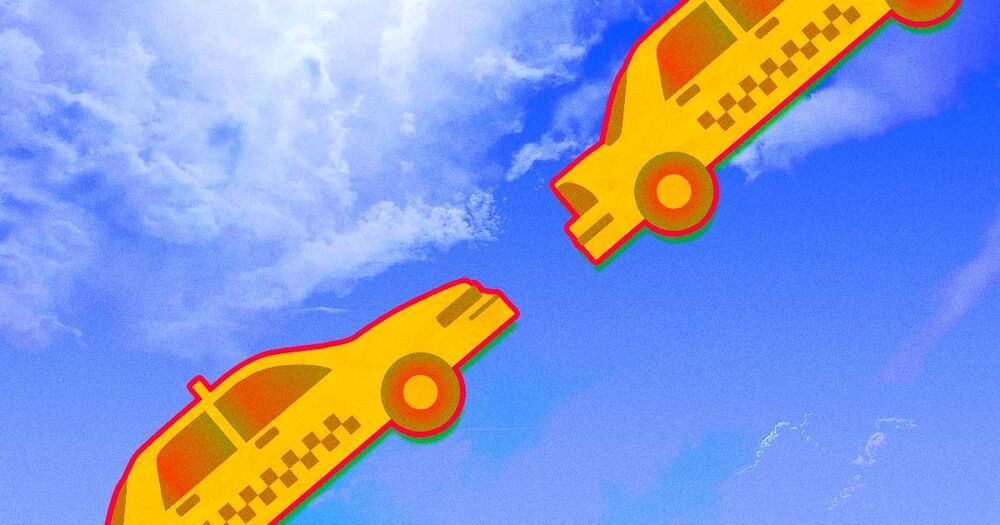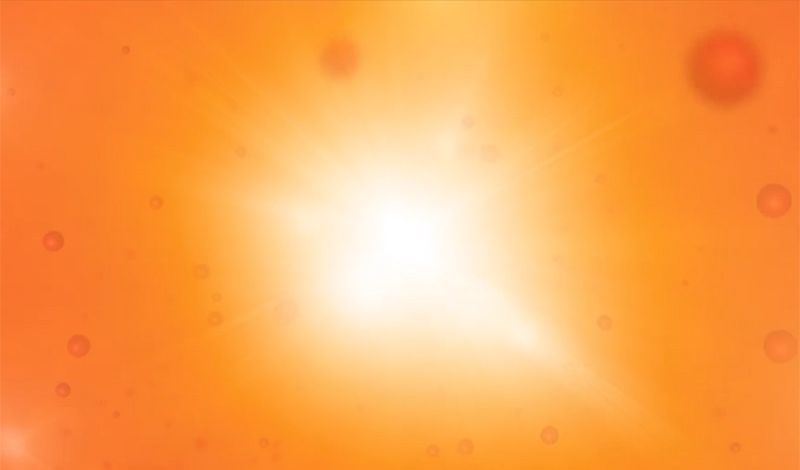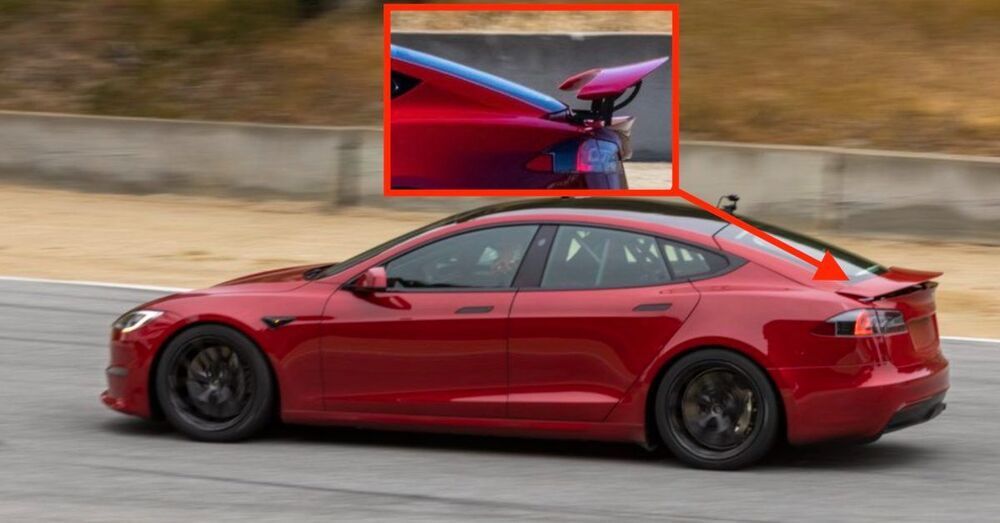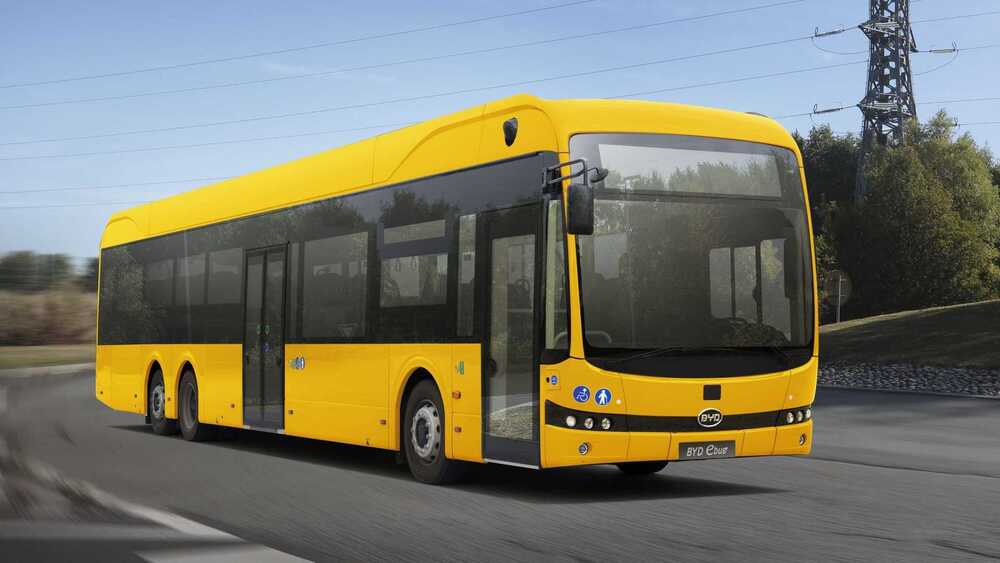Flying taxis, more technically known as electric vertical take-off and landing (eVTOL) vehicles, might actually — finally — become a feasible technology thanks to a new development in battery technology.
Ironically, the hardest part of designing and building eVTOLs isn’t the vehicle itself. Instead, it’s solving the challenging energy situation that eVTOLs face: Any battery that’s powerful enough to lift the thing is almost certainly too heavy and slow-charging to make a trip worthwhile. But a team of Pennsylvania State University engineers tested new batteries that can both recharge in a matter of minutes and survive thousands of charge cycles, according to research published Monday in the journal Joule, making eVTOLs seem a whole lot more realistic.
The energy-dense lithium-ion batteries represent a major leap forward in electric vehicle energy tech, according to The Independent. Both could be charged for a 50-mile journal in under ten minutes, making eVTOLs far more economically viable because each vehicle could take more trips per day.







